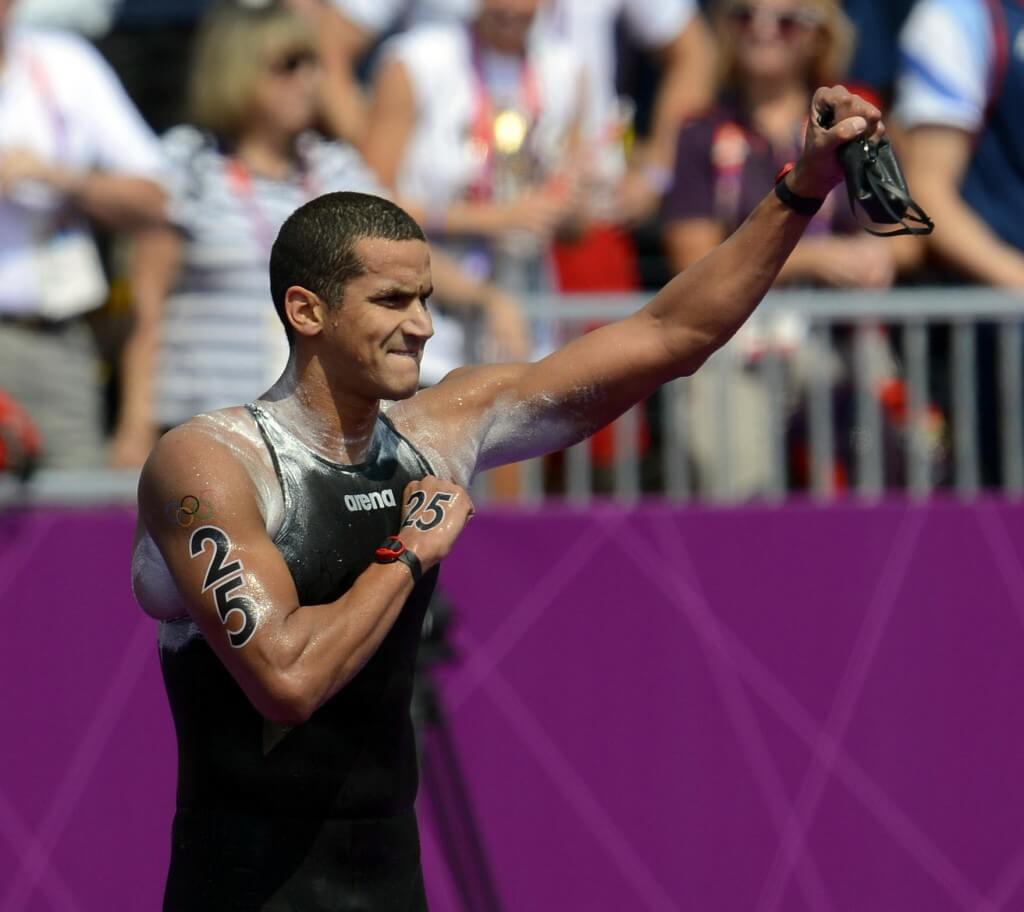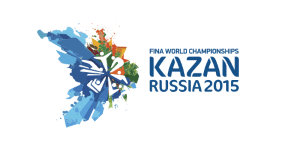Reigning Olympic Champion Ous Mellouli, Others Still Able To Qualify For Olympic 10K Swim

Coverage of the 2015 FINA World Championships is sponsored by Wylas Timing. Visit our coverage page for more.
Coverage of the World Championships is sponsored by Wylas Timing. Visit our landing page for more.
By Jeff Commings, Swimming World Senior Writer
The goal of every elite open water swimmer in the world is to place in the top 10 in the 10K swims at the FINA world championships in Kazan, Russia, this week. By doing so, you earn a spot in next year’s Olympic 10K race in Rio de Janeiro.
Fifteen spots are still up for grabs in the men’s race, with those to be decided at a 10K race in Portugal next June.
Several countries will not be able to add another athlete to the Olympic 10K roster. The United States and Italy secured the maximum two spots in the men’s 10K when Jordan Wilimovsky and Sean Ryan of the USA and Simone Ruffini and Federico Vanelli all placed in the top 10 in Russia.
That means Americans Alex Meyer, Chip Peterson and Andrew Gemmell will not be able to realize the ultimate dream of competing on the Olympic stage in 2016. Meyer had that opportunity in 2012, placing 10th in the Olympic 10K in London. Valerio Cleri of Italy competed in the 2008 and 2012 Olympic 10K swims, but won’t get to make it three in a row.
If Brazil’s
Those countries who had one athlete place in the top 10 in the men’s world championship 10K cannot add another athlete to that gender’s roster, according to FINA selection policies. So, that leaves the Netherlands, Greece, Great Britain, France, Canada and Brazil with only one men’s representative in the Olympic 10K. Those nations cannot participate in the Portugal race.
Several other major open water swimming nations – including Australia and Germany – will be sending one or two swimmers to the Portugal Olympic qualifier next year. Several other top open water swimmers – including 2012 Olympic champion Ous Mellouli of Tunisia – will get another chance in that race to represent their country in Rio. The first requirement in Portugal is to place in the top nine in each gender. The second requirement, if a country has sent two athletes to the race, is to beat your teammate, as only one swimmer from each country in the top nine can go to the Olympics from this race. If a country puts two swimmers in the top nine in the Olympic qualifier, then FINA will go to 10th place and lower to get nine new qualifiers. FINA might pick a 10th athlete from this race to fill Brazil’s slot that was reserved for the host country if it didn’t qualify at worlds or in the top nine in Portugal.
At this point, 20 men will be selected for the Olympic 10K swim. The remaining five in each gender will be picked based on their country’s continent, and will come from the fastest swimmers in the Olympic qualifier in Portugal, from countries that do not already have a competitor. Each of the five “continents” – Americas, Asia, Europe, Africa and Oceania – will be represented by one athlete from that region.
Example: USA, Canada and Brazil already have athletes qualified for the men’s Olympic 10K from the world championships. Let’s say that two swimmers from other countries in North and South America qualify through the Portugal swim by placing in the top 10. The next-fastest swimmer from the Americas in the Portugal swim (not from one of the previously-mentioned countries) places 20th overall, and will get a ticket to the Olympics as the representative for the Americas.
While 10 men now have August 16 circled on their 2016 calendar, many others have a laser focus on June 11-12 on their minds, to give them a chance at redemption – and the opportunity to represent their countries on the world’s biggest sporting stage.





How exactly were Meyer, Peterson or Gemmell going to make the team, they were not even in the race.
The only way any other, not additional, Americans could have qualified is that the two guys that raced today would have had to finish outside of the top 10. Then, the US would have another event to select two to go to Setabul next year where one of them (highest finisher in the top 9 of that race) could qualify. This serves as a second chance, like in the case of todays non-top-ten finishers. This is actually a strategic move for some nations that may only have one likely qualifier. This was the method used by Melouli going into London where he won Gold.
There is one more way in through the continental selection which is even more convoluted than the standard ways in.
For the Americans, further discussion of other qualifiers is moot as we now have our max of two male qualifiers.